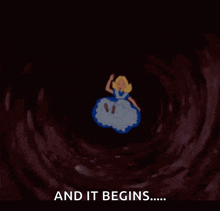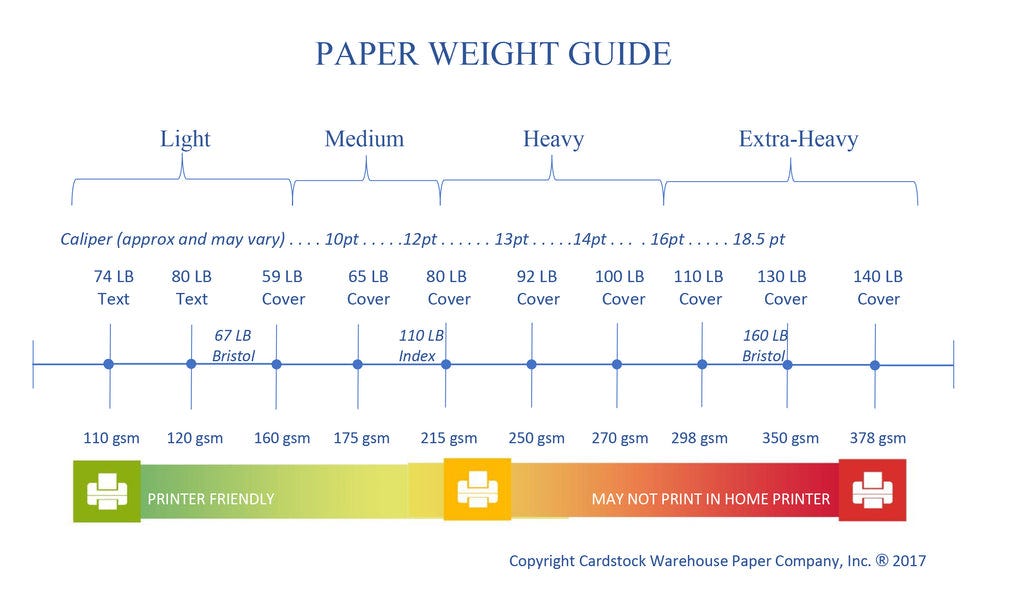Paper Paper Paper
As a Print on Demand (POD) artist, I don’t think too much about the paper or really any of the materials that my artwork gets printed on. I upload my artwork, finagle with it a little bit, and then go on my merry way. Turns out when you want to get it professionally printed you have to make decisions about a lot of things. You can’t just say print this for me, please.
First, you need to decide on the paper finish because that will really help you decide on a lot of factors. I thought this was just matte or glossy but there’s a whole realm of options including satin or semi-gloss and metallic. The paper brands can also impact the type of finish.
Second, consider how much texture you want in the paper. Luckily, if you decide that you want a gloss finish, you can skip this step altogether. Choosing a matte finish does give you the opportunity to choose some interesting textures to print on. The Moab Entrada Rag Natural Cold Press is such a fun texture.
Next, you’ll want to consider the weight and thickness. If you’ve ever purchased watercolor paper, you’ve probably heard of gsm or grams per square meter. My favorite choice for watercolor paper is a minimum of 300 gsm because the paper doesn’t warp and is usually better quality.
GSM is the paper weight, but in my research, it doesn’t always correlate to paper thickness. According to Cardstock Warehouse, “paper weight gives a good indication of the range of thickness of a paper type, however, thickness can vary due to the materials used in making the paper, and how much it is compressed or compacted together during the paper making process called ‘calendering’” (2017). The picture below shows the thickness or caliper as points, but you might also see it is at millimeters depending on the manufacturer.
This alone feels like enough information to give your printer. Some brands of paper even carry different color tones of white paper like warm, cool, or neutral. Plus you’ll need to know what sizes of each print, the quality of the print, and the quantity.
I ultimately decided on smooth matte because I think my art prints would look the best this way. I asked for a minimum of 300 gsm or equivalent with a neutral tone. I also gave an example of paper that I liked, but noted that it wasn’t required.
I asked for a cost and indicated a deadline. Like I mentioned yesterday, it’s hard to give up this much control, but they are likely do a much better job at printing.
Reference (this is what happens when you work at a university)
Cardstock Warehouse. (2017) Paper 101: Paper Weight Guide. Retrieved from https://www.cardstock-warehouse.com/pages/cardstock-paper-basis-weight-chart
Have you had artwork printed? What’s your favorite paper?







